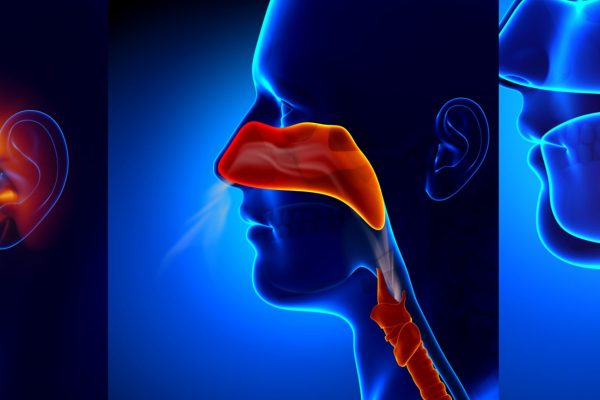Otolaryngology deals with the anatomical structure, normal and pathological physiology of the ear, nose (sinuses) and throat, as well as the anatomical border areas that develops methods of diagnosis, treatment and prevention of diseases.
In this otolaryingology, doctors have ceased to practice the old methods (with reflector on the forehead and a spatula in hand), and reached a new level in the diagnosis and treatment of diseases, using the latest technology, and increasingly began to use modern methods of imaging of organs and tissues.
- Computer (CT) and magnetic resonance imaging (MRI) – a highly accurate diagnostic methods using X-ray or electromagnetic waves with further computer processing.
- Ultrasound (ultrasonography) – widely used method, based on the ability of ultrasonic waves reflected from different tissues at different speeds. This is a fairly safe method of research, which can be used repeatedly without fear of harmful radiation.
- Endoscopic techniques – highly used methods of diagnosis, this “insider’s view” of the nose, paranasal sinuses, oral throat, larynx and middle ear using special optical instruments, and, if necessary, you can remove a small piece of tissue for biopsy study.
- Audiometry, the test response of the auditory brain stem, electronystagmography, and other methods that border on neurological diagnostic methods.
Modern medical equipment provides an opportunity to treat many diseases with conservative methods, or, if necessary – to use minimally invasive surgical techniques such as laser, radio frequency, ultrasonic technology in combination with endoscopic equipment. The main advantage of these methods is to reduce pain, reduce the duration of the operation and terms of healing, minimal postoperative complications. Due to the use of these methods, the majority of operations in the upper respiratory tract: nose polipotomiya, septoplasty, vasotomy shells mikrogaymorotomiya, tonsillectomy, adenotomija, uvulopalatoplastika, removing various tumors in the nasal cavity, pharynx and larynx, have become routine, almost ambulatory.

